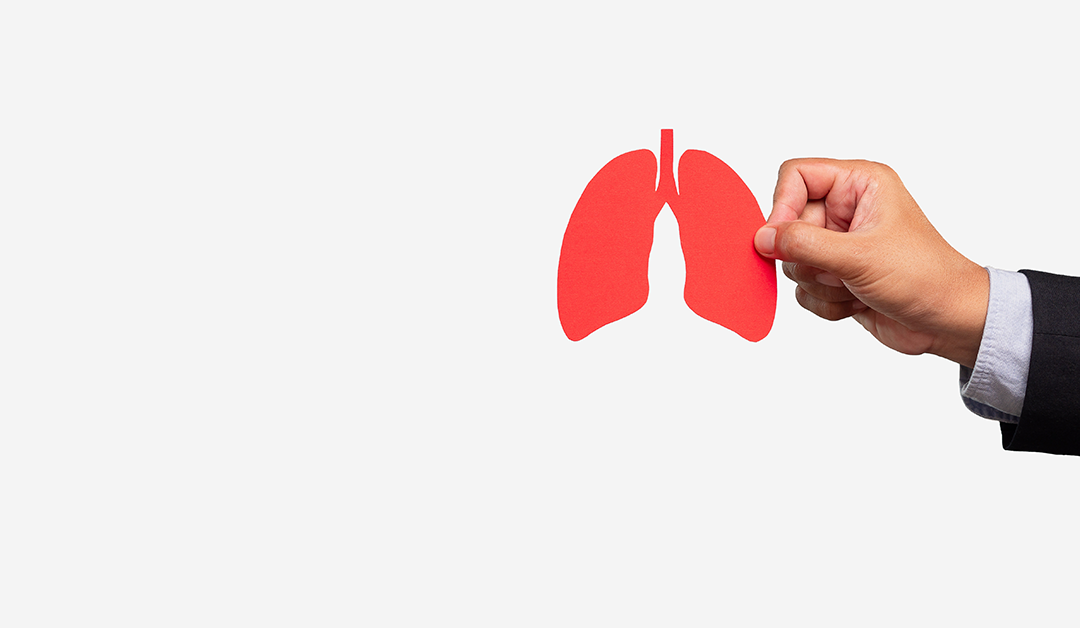Contributed by Natalie Haglund, consultant to CAIRE Inc.~
Since I last wrote, we recognized Pulmonary Fibrosis Awareness Month in September, and the very first World Oxygen Day on October 2nd.
Education, events, and personal stories about patients and caregivers were highlighted on social media to raise awareness and promote advocacy. All the attention in my newsfeed had me thinking about what I would want folks to know about living with an interstitial lung disease.
It can be considered an “invisible disease.”
Those of us that live with a lung disease often look and sound fine on the outside. But that’s not necessarily how it is. How we are doing and feeling can vary from day to day. I’ve summed up five things that I wish folks knew or understood about me and my life with my invisible disease.
- I am immunocompromised and immunosuppressed. Which means I am more susceptible to illness and infections, so please don’t share germs with me. It can take me weeks and sometimes months to recover from being sick.
- Because of the type of lung disease I have, my shortness of breath, and decrease in oxygen saturation happens with exertion. The more my body demands oxygen, the harder it is for my lungs to keep up. It is easier for me to walk a longer distance on a flat surface than it is for me to climb a flight of stairs. If I am standing still, moving around in a small space, or just sitting, I do just fine.
- I can tire out easily. It can be within a day (but not every day), or as the week progresses. Sometimes I need an evening, or a day, to just rest and recoup. This usually happens when I’ve been busy and/or physically active. Whether it be at work or doing fun activities.
- If need help with something or am unable to participate in a task at that moment, please believe me. I do everything I can independently, but there are certain things that are more difficult for me physically. Or I’m not up to it that day for some reason. Just know that there is a reason I ask for help.
- I might look fine and sound fine while conversing or participating in an activity. However, I may feel short of breath, my lungs may feel ‘’angry,” or I may not feel good. Dwelling on those things doesn’t do me any good. I manage them and try to keep my focus on what’s happening around me.
For friends, family, and caregivers it can be difficult to understand what we go through and experience daily. Living with a lung disease brings its own set of ups and downs. Support us.
When we tell you how we feel and what we’re experiencing, believe us. If you have questions, ask us.
Connect with the organizations that matter to us, and engage with these special recognition months that shine the spotlight on serious conditions that affect so many.
Here is a little about the two I mentioned earlier.
The Pulmonary Fibrosis Foundation’s mission is to accelerate the development of new treatments and ultimately a cure for pulmonary fibrosis. Until this goal is achieved, the PFF is committed to advancing improved care of patients with PF and providing unequaled support and education resources for patients, caregivers, family members, and health care providers. Learn more about pulmonary fibrosis online at www.pulmonaryfibrosis.org.
World Oxygen Day, hosted by the COPD Foundation and its partners, recently brought together hundreds of attendees from 18 different countries to shine the spotlight on the systemic challenges for people who use oxygen therapy to live their best lives. While you are waiting on next year’s event, you can connect with COPD Foundation OxyTalk virtual coffee hour by clicking this link or visit the foundation online at www.copdfoundation.org.
There are truly so many ways to show your support.
Natalie Haglund, 50, diagnosed with Idiopathic NSIP (a type of interstitial lung disease), lives in northern Minnesota where she works as a Licensed Practical Nurse (LPN) in the operating room. She enjoys photography, hiking, concerts, crafty projects, and time with her 23-year-old daughter, friends and family.
If you have been prescribed oxygen therapy, learn more about CAIRE by visiting www.caireinc.com/patients or by calling 1-800-482-2473 to talk to an oxygen advisor.
The contents of this blog post are not intended to substitute for professional medical advice. Please consult your physician for personalized medical advice. When using any oxygen therapy device please consult the applicable product instructions for use for product indications, contraindications, warnings, precautions, and detailed safety information.

